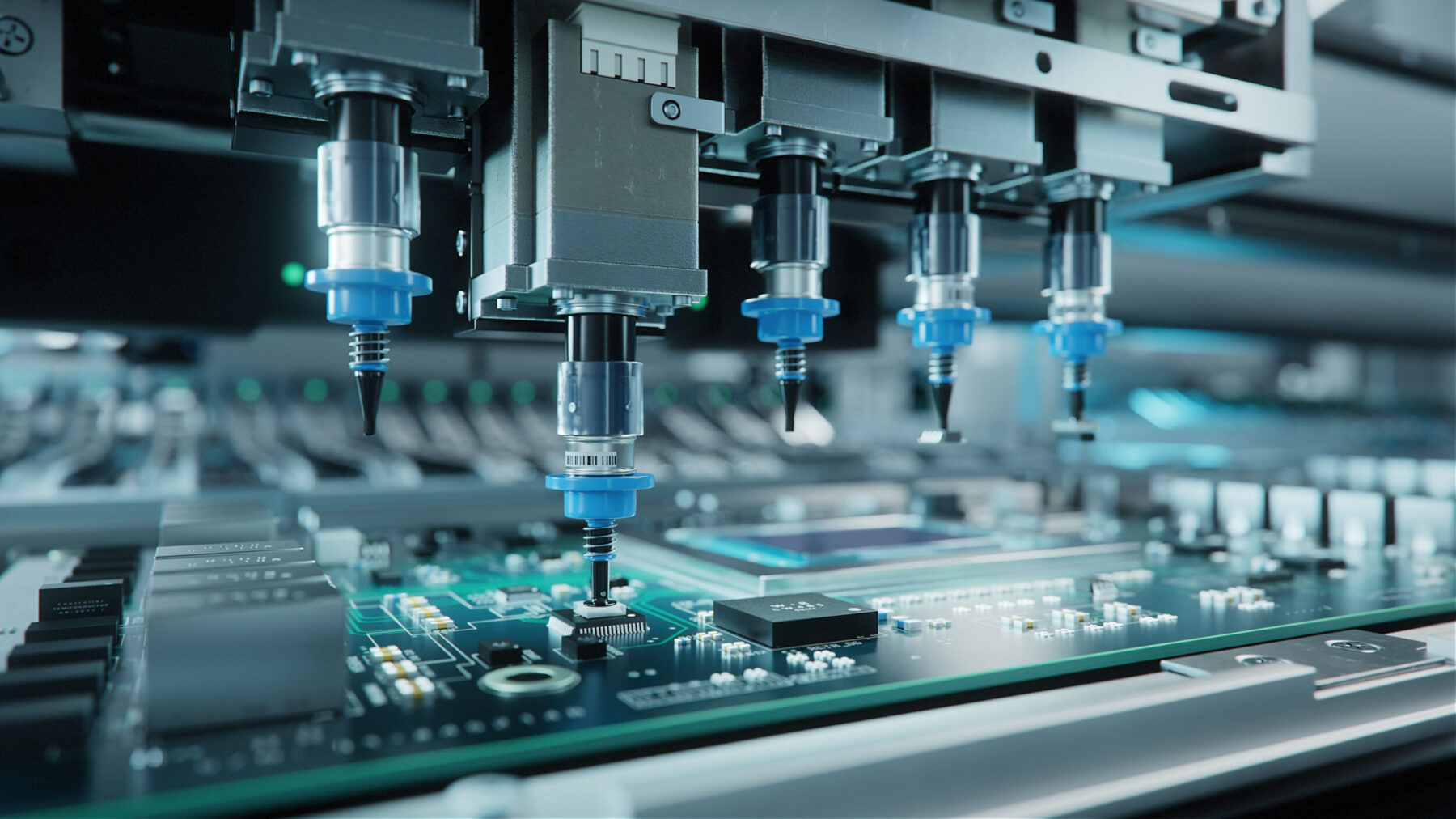Printed Circuit Board Assembly (PCBA) manufacturing is a crucial process in the production of modern electronics. From smartphones to industrial machinery, pcba manufacturing is the backbone of electronic devices. This article explores the steps involved in PCBA manufacturing, its importance, and the technologies driving its evolution.
What is PCBA?
PCBA stands for Printed Circuit Board Assembly. It refers to the process of soldering electronic components onto a PCB (Printed Circuit Board). A PCB is a flat board made of non-conductive material with electronic components connected on it.
Steps in PCBA Manufacturing
PCBA manufacturing involves several intricate steps:
- Design and Prototyping:
- The process begins with the design of the PCB. Engineers use specialized software to design the layout of the circuit.
- Once designed, a prototype of the PCB is created for testing and validation.
- Material Procurement:
- After prototyping, the next step is to procure the materials needed for PCB production.
- This includes the PCB itself, electronic components (resistors, capacitors, integrated circuits, etc.), and soldering materials.
- PCB Fabrication:
- The PCB is fabricated according to the design specifications.
- This involves laminating the copper layer onto a substrate, drilling holes, and creating the necessary copper traces using photolithography and etching processes.
- Component Procurement:
- Electronic components are sourced from suppliers.
- Quality and reliability of components are crucial as they directly impact the performance and longevity of the final product.
- Solder Paste Application:
- Solder paste, a sticky mixture of flux and tiny solder particles, is applied to the pads on the PCB where components will be placed.
- Pick-and-Place Assembly:
- Automated machines, known as pick-and-place machines, precisely place the electronic components onto the soldered pads on the PCB.
- These machines can handle a wide variety of component types and sizes.
- Reflow Soldering:
- The PCB with components in place is passed through a reflow oven.
- The solder paste is heated, melting the solder and creating a permanent mechanical and electrical bond between the components and the PCB.
- Inspection and Testing:
- Once soldered, the PCBAs are inspected for defects using automated optical inspection (AOI) systems.
- Functional testing is also conducted to ensure the PCBA operates as intended.
- Cleaning and Coating:
- PCBAs are cleaned to remove any flux residue left from the soldering process.
- Protective coatings may be applied to improve reliability and resistance to environmental factors.
- Packaging and Shipping:
- Finally, the PCBA is packaged according to customer specifications and shipped for final product assembly.
Importance of PCBA Manufacturing
PCBA manufacturing is crucial for several reasons:
- Precision and Reliability: Automated processes ensure precise placement of components, reducing errors and improving reliability.
- Efficiency: Automation allows for high-volume production, meeting the demands of modern electronics.
- Customization: PCBAs can be customized to meet specific design requirements, enabling innovation in electronic products.
- Quality Control: Rigorous testing and inspection processes ensure that only high-quality PCBAs reach the market.
Technologies Driving PCBA Manufacturing
PCBA manufacturing is evolving with advancements in technology:
- Automation: Pick-and-place machines and robotic arms automate the assembly process, improving efficiency and accuracy.
- AI and Machine Learning: These technologies are used for defect detection and quality control, enhancing product reliability.
- Miniaturization: Components are becoming smaller, allowing for more compact and powerful electronic devices.
- Environmental Sustainability: Manufacturers are adopting green practices to reduce waste and energy consumption in PCBA manufacturing.
In conclusion, PCBA manufacturing is a complex yet essential process in the production of electronic devices. Advancements in technology continue to drive innovation in PCBA manufacturing, making electronics smaller, more efficient, and more reliable than ever before.
